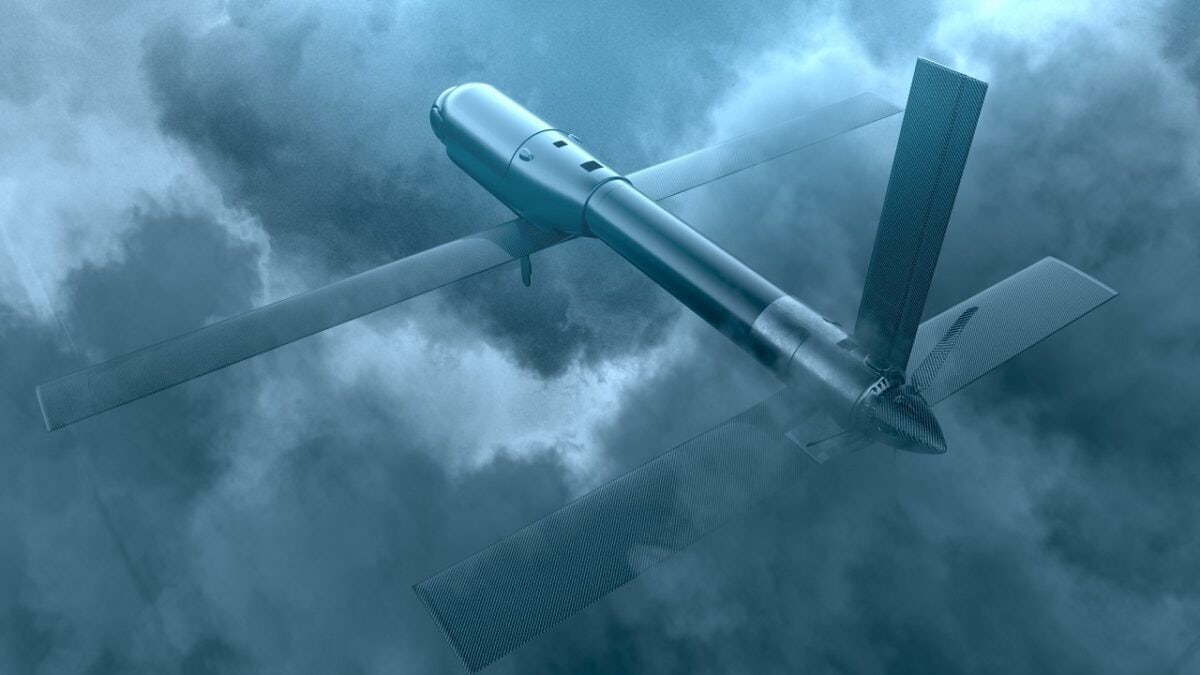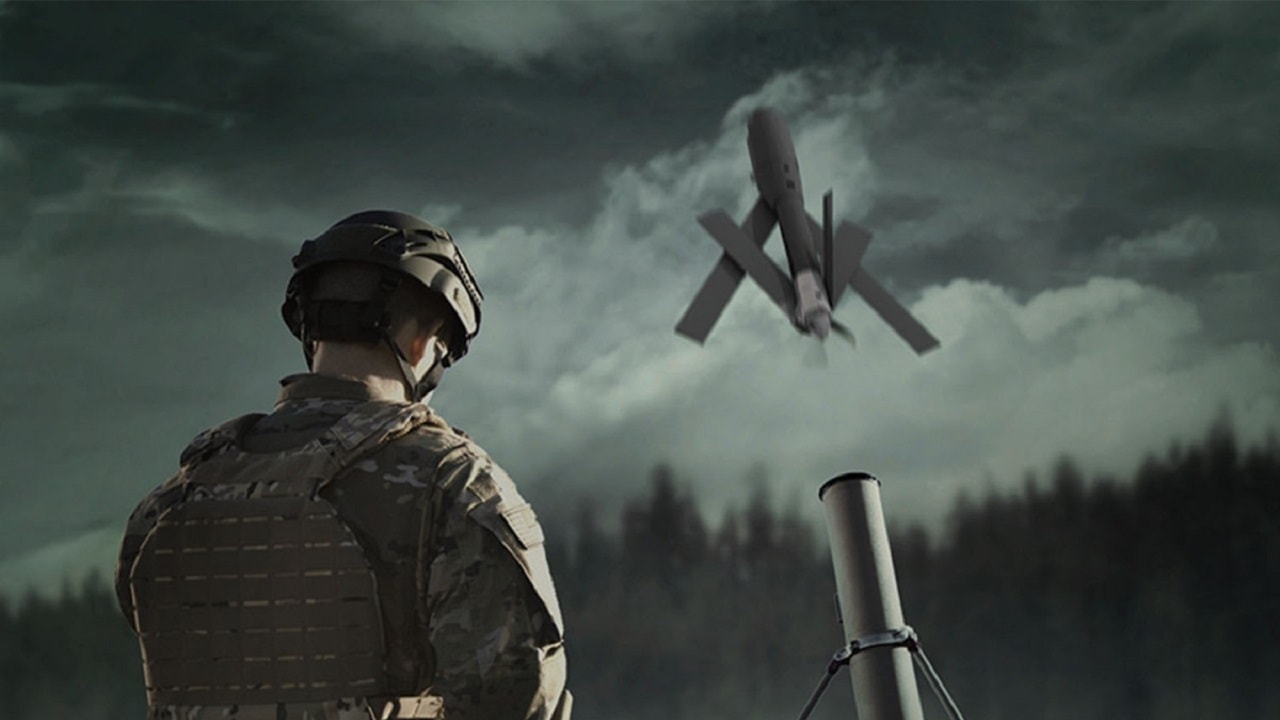The Ukraine Drone War of 2022: The United States has provided Ukraine with more than $17.9 billion in assistance since Russia launched its unprovoked invasion on Feb. 24. Weapons such as the U.S. military’s HIMARS, FGM-148 Javelin, and LW155 155mm howitzer have proven crucial in helping Ukrainian forces drive back the invader.
One hallmark of this conflict, though, is both sides’ extensive use of small unmanned aerial systems – better known as drones. These systems gather intelligence, correct artillery fire, and even drop bombs. Ukraine’s forces were quick to adapt to small drones, which they use against the enemy’s forward positions and parked armored vehicles. Whereas the Kremlin has employed missiles and rockets, often launched from hundreds of miles away, Ukraine continues to rely on small drone teams operating close to the front lines.
The country is now training hundreds of drone operators each month, while social media campaigns have helped bring awareness to crowd-funding efforts used to purchase drones for military units.
Recon Efforts
Much of the media attention on the use of drones by Ukraine has focused on strikes against Russian tanks and high-ranking officers. Yet intelligence gathering is just as crucial. Radio Free Europe this week reported how small teams regularly fly camera-equipped drones over Russian positions. The information they gather is then downloaded and used to identify the locations of Russian vehicles and air bases.
It isn’t as easy as just viewing the video footage. Ukraine must apply the same techniques the intelligence community around the world uses to sift through raw data. Fortunately for these operators, artificial intelligence can identify objects, helping to spot a camouflaged tank or a concealed forward position. Data is then sent up the chain of command, and a decision is made on whether to begin an artillery strike or send in armed drones.
Strike on Russian Navy
Ukraine has virtually no navy, but over the weekend Ukrainian forces carried out a massive drone attack against Russia’s Black Sea Fleet in the Crimean port city of Sevastopol, damaging and possibly even disabling the flagship Admiral Makarov. The guided-missile frigate was one of three Russian ships to be hit during the daring Saturday morning raid, which involved a swarm of drones – some flying in the air, and others skimming rapidly along the water.
Video of the attack was shared on social media:
Very epic footages from today’s attack by drones on the Port in Sevastopol, Crimea
/1 pic.twitter.com/9kDbDBkWPV— Special Kherson Cat 🐈🇺🇦 (@bayraktar_1love) October 29, 2022
This is the first reported use of Ukraine’s maritime drones. Posts on social media claim the drones resemble small speedboats.
The Kremlin accused British troops of being involved in the attack. Moscow later claimed that the targeted ships were involved in the internationally brokered deal to allow grain exports from Ukrainian ports. Russia’s Defense Ministry also alleged that one of the drones could have been launched from a civilian ship carrying agricultural products from the three Ukrainian ports that were part of the agreement. Hours later, Moscow announced that it was suspending its participation in the grain deal.

Switchblade drone that is used by Ukraine’s forces against Russia. Image Credit: Industry handout.
Ukraine is not alone in increasing its use of drones. Last week, Russia launched a kamikaze drone strike against Kyiv. It reportedly involved some 400 loitering munition-style drones, apparently sourced from Iran. Drones are certainly playing a significant role in the conflict, and could be a game changer in future conflicts as well.
A Senior Editor for 1945, Peter Suciu is a Michigan-based writer. He has contributed to more than four dozen magazines, newspapers, and websites with over 3,000 published pieces over a twenty-year career in journalism. He regularly writes about military hardware, firearms history, cybersecurity, and international affairs. Peter is also a Contributing Writer for Forbes. You can follow him on Twitter: @PeterSuciu.

